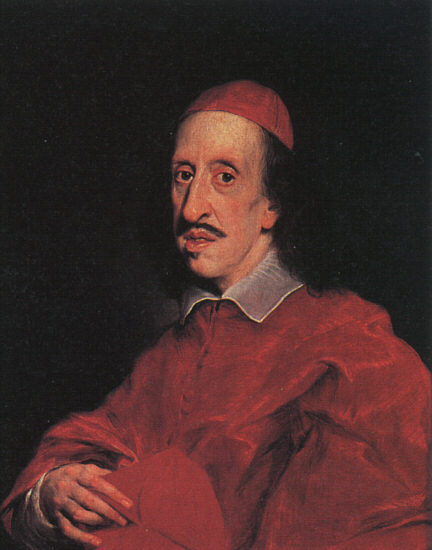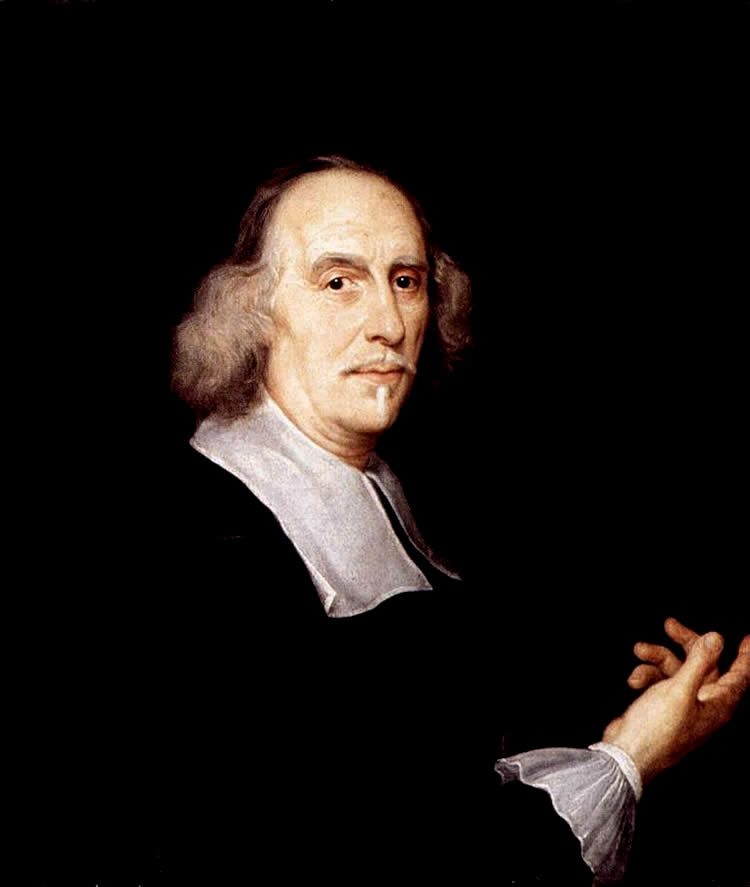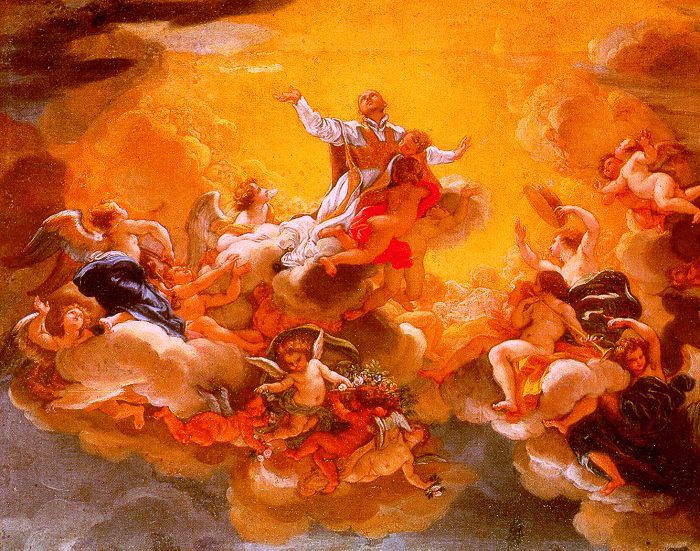Giovanni Battista Gaulli AKA Il Baciccio (1639- 1709)
Get a Giovanni Battista Gaulli AKA Il Baciccio (1639- 1709) Certificate of Authenticity for your painting (COA) for your Giovanni Battista Gaulli AKA Il Baciccio (1639- 1709) drawing.
For all your Giovanni Battista Gaulli AKA Il Baciccio (1639- 1709) artworks you need a Certificate of Authenticity (COA) in order to sell, to insure or to donate for a tax deduction.
Getting a Giovanni Battista Gaulli AKA Il Baciccio (1639- 1709) Certificate of Authenticity (COA) is easy. Just send us photos and dimensions and tell us what you know about the origin or history of your Giovanni Battista Gaulli AKA Il Baciccio (1639- 1709) painting or drawing.
If you want to sell your Giovanni Battista Gaulli AKA Il Baciccio (1639- 1709) painting or drawing use our selling services. We offer Giovanni Battista Gaulli AKA Il Baciccio (1639- 1709) selling help, selling advice, private treaty sales and full brokerage.
We have been authenticating Giovanni Battista Gaulli AKA Il Baciccio (1639- 1709) and issuing certificates of authenticity since 2002. We are recognized Giovanni Battista Gaulli AKA Il Baciccio (1639- 1709) experts and Giovanni Battista Gaulli AKA Il Baciccio (1639- 1709) certified appraisers. We issue COAs and appraisals for all Giovanni Battista Gaulli AKA Il Baciccio (1639- 1709) artworks.
Our Giovanni Battista Gaulli AKA Il Baciccio (1639- 1709) paintings and drawings authentications are accepted and respected worldwide.
Each COA is backed by in-depth research and analysis authentication reports.
The Giovanni Battista Gaulli AKA Il Baciccio (1639- 1709) certificates of authenticity we issue are based on solid, reliable and fully referenced art investigations, authentication research, analytical work and forensic studies.
We are available to examine your Giovanni Battista Gaulli AKA Il Baciccio (1639- 1709) painting or drawing anywhere in the world.
You will generally receive your certificates of authenticity and authentication report within two weeks. Some complicated cases with difficult to research Giovanni Battista Gaulli AKA Il Baciccio (1639- 1709) paintings or drawings take longer.
Our clients include Giovanni Battista Gaulli AKA Il Baciccio (1639- 1709) collectors, investors, tax authorities, insurance adjusters, appraisers, valuers, auctioneers, Federal agencies and many law firms.
We perform Giovanni Gaulli art authentication, appraisal, certificates of authenticity (COA), analysis, research, scientific tests, full art authentications. We will help you sell your Giovanni Gaulli or we will sell it for you.

Giovanni Battista Gaulli also known as Baciccio, Il Baciccio or Baciccia (all Genoese nicknames for Giovanni Battista) was a painter of the Italian High Baroque verging onto that of the Rococo. He is best known for his grand, Gianlorenzo Bernini-influenced illusionistic vault fresco in the church of the Gesù in Rome
Gaulli was born in Genoa, where his parents died from the plague of 1657. He initially apprenticed with Luciano Borzone.In mid-1600s, Gaulli’s Genoa was a cosmopolitan Italian artistic center open to both commercial and artistic enterprises from north European countries, including countries with non-Catholic populations such as England and the Dutch provinces. Painters such as Peter Paul Rubens and Anthony van Dyck stayed in Genoa for a few years. Gaulli’s earliest influences would have come from an eclectic mix of these foreign painters and other local artists including Valerio Castello, Giovanni Benedetto Castiglione, and Bernardo Strozzi, whose warm palette Gaulli adopted. In the 1660s, he experimented with the cooler palette and linear style of Bolognese classicism.

He soon, however, moved to Rome. In 1662, he was accepted into the Roman artists’ guild, the Accademia di San Luca (Academy of Saint Luke), where he was to later hold several offices. The next year, he received his first public commission for an altarpiece, in the church of San Rocco, Rome. He received many private commissions for mythological and religious works.
From 1669, however, after a visit to Parma, Correggio’s frescoed dome-ceiling in Parma’s cathedral, Gaulli’s painting took on a more painterly (less linear) aspect, and the composition, organized __di sotto in su’__ (from below looking up), would influence his later masterpiece. At his height, Gaulli was one of Rome’s most esteemed portrait painters. Gaulli is not well known for any other medium but paint, though many drawings in many media have survived. All are studies for paintings. Gaulli died in Rome, shortly after 26 March 1709, probably April 2.
By the first half of the 17th century, the extensive interior decoration had been completed for the two generally contemporaneous “mother” churches, (Sant’Andrea and the Chiesa Nuova), of two major counter-reformation orders, the Theatines and Oratorians. This was not true for the two large Jesuit churches in Rome, which, while rich in marble and stone, remained artistically barren by the mid-1600s. This void would have been particularly evident for Il Gesù with its cavernous blank plaster nave ceiling. Funding and inertia stalled its decoration.

In 1661, the election of a new General of the Jesuit order, Gian Paolo Oliva, advanced the decoration. A new inductee into the order, the French Jacques Courtois (also known as Giacomo Borgognone) had become a respected painter and was the main candidate for its decoration. Oliva and the leader of the main patron family, the Duke of Parma, Ranunccio Farnese II whose uncle Cardinal Alessandro Farnese had endowed the construction of the church, began negotiating whether Borgognone should decorate the vault. Oliva wanted his fellow Jesuit for the commission, yet other prominent names such as Maratta, Ferri, and Giacinto Brandi were suggested. Ultimately, with Bernini’s persuasive support and likely strong guidance thereafter, Oliva awarded the prestigious commission to the mere 22 year old Gaulli. This choice may have been somewhat controversial, since Gaulli’s naked figures recently frescoed in the pendentives for Sant’Agnese in Agone had offended some eyes, and, as had happened to Michelangelo’s Sistine chapel altar frescoes, had required repainting to impose painted clothe.
Gaulli decorated the entire dome including lantern and pendentives, central vault, window recesses, and transepts’ ceilings. The original contract stipulated the dome was to be completed in two years, and the remainder by the end of ten years. If it met the approval of a panel, Gaulli was to be paid 14,000 scudi plus expenses. Gaulli’s main vault fresco was unveiled on Christmas Eve, 1679. After this, he continued frescoing of the vaults of the tribune and other areas in the church until 1685.

Gaulli’s program for the nave was likely heavily overseen by Oliva and Bernini; though it is not clear how much all three contributed and whether they all shared the same philosophy. During this time, Bernini supposedly espoused some quietist teachings of the Spanish priest Miguel de Molinos, who was later condemned as heretical in no small part due to Jesuit efforts. Molinos proposed that God was accessible internally through an individual experience, while the Jesuits saw the church and clergy as an essential intermediary for access to Christ’s salvation. Thus Oliva would have likely asked Gaulli to memorialize the role of frequently-martyred Jesuits as the apostolic shock troops in heretical and pagan societies, leading the charge of the papal Counter-Reformation. Ultimately, just as Bernini approved of the intermixing fresco and plaster in this new plastic conception, Gaulli blends these ideas in a fashion ultimately acceptable to his patron.
Gaulli’s nave masterpiece, the Worship of the Holy Name of Jesus (also known as the Worship, Adoration, or Triumph of the Holy Name of Jesus), is an allegory of the work of the Jesuits that envelops worshippers (or observers) below into the whirlwind of devotion. Swirling figures in the dark distal (entry) border of the composition frame base the open sky, ever rising upward toward a celestial vision of infinite depth. The light from Jesus’ name – IHS – and symbol of the Jesuit order is gathered by patrons and saints above the clouds; while in the darkness below, a fusillade of brilliance scatters heretics, as if smitten by blasts of the Last Judgment. The great theatrical effect here inspired and developed under his mentor, prompted critics to label Gaulli a “Bernini in paint” or a “mouthpiece of Bernini’s ideas”.

Gaulli’s frescoes were a tour-de-force in illusionistic painting, depicting the church’s roof opens up above the viewer (and that the panorama is viewed in true perspective di sotto in su, similar to Correggio’s Assumption of the Virgin in the ceiling of the Parma Cathedral or to Cortona’s grand allegory at the Palazzo Barberini. Gaulli’s ceiling is a masterpiece of quadratura (architectural illusionism) combining stuccoed and painted figures and architecture. Bernini’s pupil Antonio Raggi provided the stucco figures, and from the nave floor, it is difficult to distinguish painted from stucco angels. The figural composition spill over the frame’s edges which only heightens the illusion of the faithful rising miraculously toward the light above.
A series of such ceilings were painted in the naves of Roman churches during the last three decades of the 17th century, including Andrea Pozzo’s massive allegory at the other Roman Jesuit church, S. Ignazio, as well as Domenico Maria Canuti’s and Enrico Haffner’s Apotheosis at Santissimi Domenico e Sisto. In the 18th century, Tiepolo and others continued quadratura in the grand manner. But as the High Baroque movement evolved into the more playful Rococo, the popularity of this style dwindled. In his later works, Gaulli too moved in this direction. Thus, in contrast to the grandeur of his composition at Il Gesù, we see Gaulli gradually adopting less intense colours, and more delicate compositions after 1685–all hallmarks of the Rococo.

Reviews
1,217 global ratings
5 Star
4 Star
3 Star
2 Star
1 Star
Your evaluation is very important to us. Thank you.
